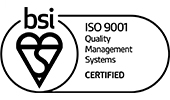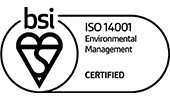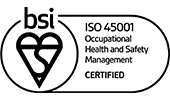The first iPhone was sold 11 years ago in 2007 and in that time these omnipresent small-scale, hand-held computers have permanently changed the way we live our lives, both personally and professionally.
The smartphone’s impact on the way we work can’t be underestimated.
We can (and often do, whether we ought to or not) read our emails whenever and wherever we like.
On the plus side, contacting colleagues is certainly easier. However, on the flip side, this means that we are far more accessible to being contacted all hours every day of the week as well!
You can access the social media accounts and website of your business on the move.
And while you work, you can even listen to a curated playlist that an app has chosen based on your personal listening habits.
Technology has irreversibly changed the way that human beings interact in every conceivable way. And that’s just in the last 10 years or so.
Which begs the question, what does the future hold?
In a recent article from Steelcase’s 360º Magazine, Fast Forward, they explored that very subject.
Inspired by this, here’s our take on the (artificially) intelligent workplace of the future and what we can expect to see within the next ten years and beyond.
The workplace of the future will blur the lines between tech & space
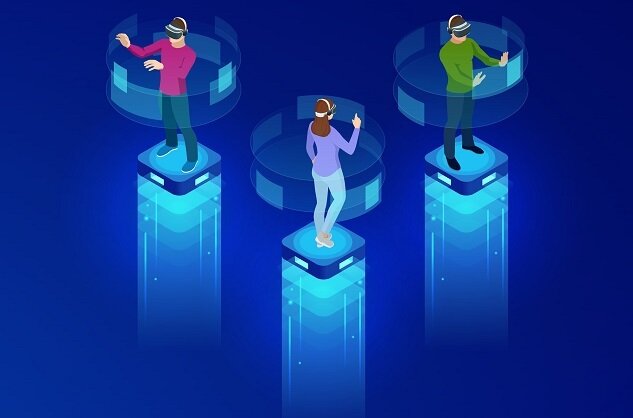
Computers are an undeniable part of the workplace of the future. But over the next decade, what they look like will inevitably change.
The use of virtual reality and augmented reality is likely to have a considerable impact.
While some people in the office of the future might choose a VR headset that offers a fully immersive experience, others might wear less intrusive AR glasses which layer virtual displays on top of their physical environment.
Smart sensors and speech recognition software could mean that your office will take care of day-to-day admin tasks like transcribing meeting notes, scheduling conference calls and replying to emails.
This will lessen the need for static workspaces with a computer on a desk. Wearable technology will either go where the employee goes or be embedded in the rooms themselves, adapting to an individual’s needs.
A deluge of data
Data is now a much sought-after commodity for successful businesses.
Retailers crave it from their customers. Manufacturers use it to improve efficiency. In fact, every conceivable industry sector is using a flood of data every day to do business.
As well as data relating to consumers and processes, organisations will soon be able to collect data that relates to their staff and the way they work.
With all of this data flying around, we’ll start to rely more heavily on technology to collect, analyse and present it to us.
Using artificial intelligence and machine learning, complex data can be managed and collated. However, in order to make sense of all of this information, we’ll need to adapt the way that we interact with it.
Working with large data sets will be a lot less daunting when it’s transformed from two-dimensional strings of information into 3D, visually immersive forms through AR and VR.
In the workplace of the future, no longer bound within the confines of a screen, data can be physically perceived and manipulated.
“Imagine a future in which you can turn around in a circle and engage with only the data you need, reach out and touch it across three dimensions.”
Fast Forward, Steelcase 360º Magazine
In other words, numbers will become physical objects that you can play around with, which makes the monthly accounts sound a lot less daunting.
Connected networks
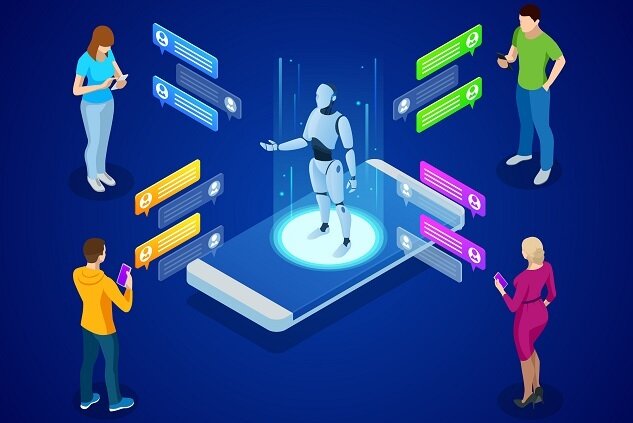
Open platforms and digital networks mean that collaboration and participation is no longer governed by geography or physical interaction.
Video conferencing has already changed the way that we communicate with colleagues and customers throughout the country and across the world.
Combined with speech recognition and translation software, in the future, you could have a conference call with both a colleague in Amsterdam and a client in Tokyo and understand every word they say!
Or you could stand alongside fellow workers from the other side of the world around an augmented-reality whiteboard.
Collaborative presentations in creative meeting rooms can take the likes of write-on walls to the next level with huge touch-screen monitors that allow you to physically pull information from one corner of the room to the other.
And for anyone who couldn’t attend, the highlights of the meeting will be downloaded, stored in the cloud and shared to whichever workspace they’re currently based at, thanks to artificially intelligent office furniture.
Spaces designed for your body & mind

Today, employee well-being is an important focus for organisations. Ensuring that staff are happy and healthy will always be key.
The workplace has been moving towards an office design that accommodates various work styles, from communal open spaces full of natural light to private, quiet spaces for concentration.
Treadmills, bikes and sit-stand desks, not to mention biophilic design elements, are all the first indication of a working environment that focuses on the wellbeing of staff.
Green walls to filter air, sleep pods and sensors to count employee’s stair steps are already a reality in some workplaces.
In a future where digital transformation has evolved even further, people will need to find new ways to keep themselves mentally motivated and physically fit.
To offset their employee’s daily interactions with data, company’s offices will follow a resimercial design concept and begin to look and feel more like home.
Ergonomic furniture will adapt to reflect the different stages of a project or the specific work you are undertaking.
For creative thinking, it will recline to encourage deep thought. When you are starting to feel stiff, you can adapt it into a sit-stand desk or even use the in-built cycle pedals.
Natural light, plants and bright colours will all work together to create an inviting, relaxing but motivating workplace of the future.
Rooms with personality
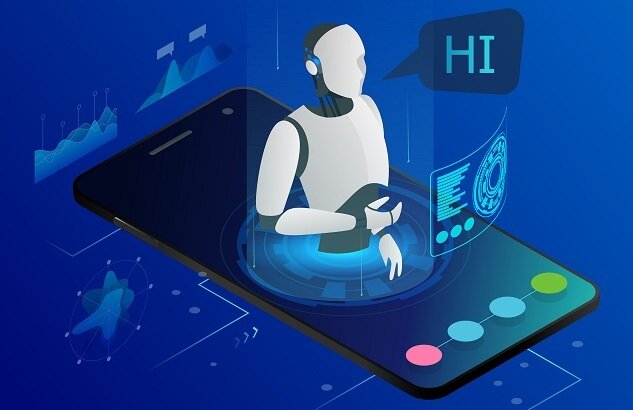
- If spaces can interact with the people that occupy them, detecting their moods and needs, we could start to see them as members of the team.
- This gives organisations the opportunity to create personas similar to Cortana, Siri or Alexa.
- The resident AI will not only match the company culture and brand values but also become a trusted colleague.
- Dropping off during a meeting? Your chair will subtly nudge you to wake up.
- Missed lunch because of a deadline? Food will be ordered and delivered by drone straight to your desk.
- Need to see a previous version of a document during a meeting? The smart presentation wall will anticipate this and find it for you.
- Knowing your software preferences, rooms and furnishings will adapt the virtual desktop, décor and lighting to match your needs.
- Spaces will become intelligent and conversant. But if rooms can listen, you’ll also need areas away from digital ears for some privacy.
- This might seem like science fiction but the (artificially) intelligent workplace of the future isn’t far away.
- Creating a workplace design that reflects these themes of agile working, biophilia, employee wellbeing and connected technology is possible today.
- Businesses that embrace these concepts now are a lot more likely to attract and retain the best people in the future.
To find out how Paramount can help you achieve this, give us a call.






